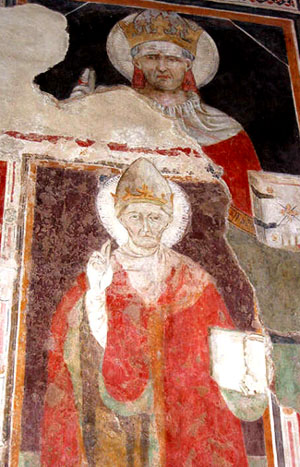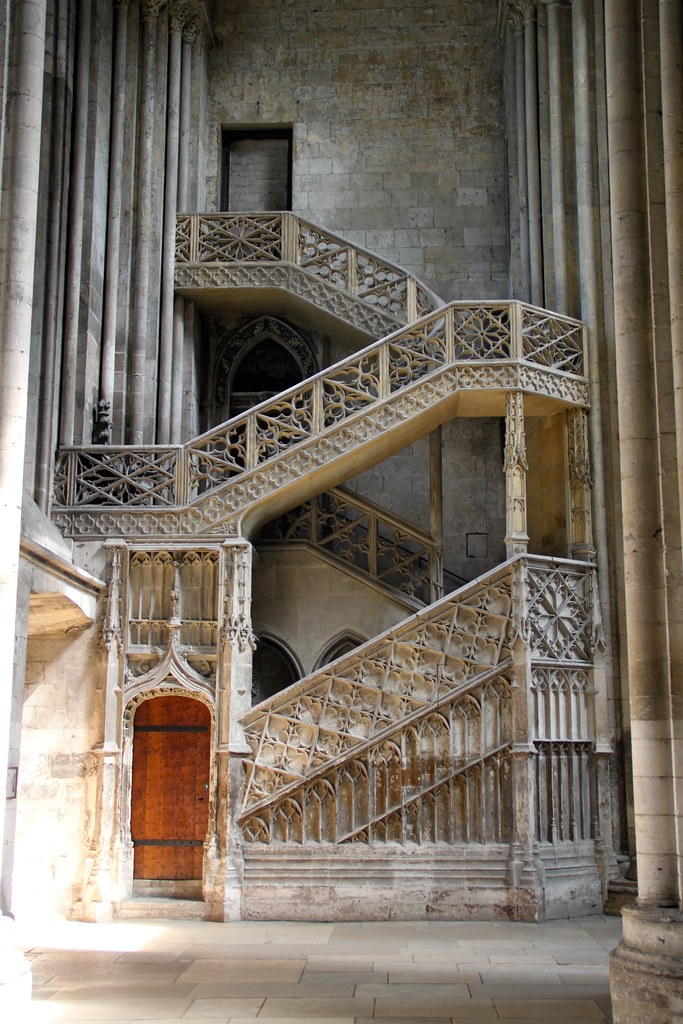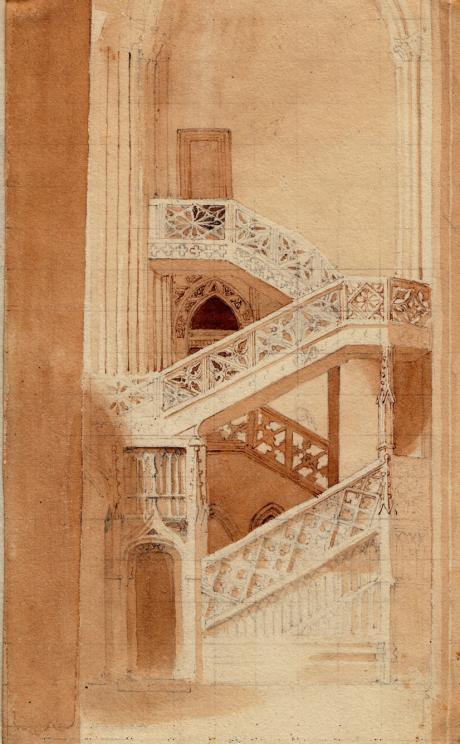Some years and some wine later Robert Good's "A New Dictionary of Art" is finally out!
If Robert Good was Socrates, he would have gone to Agora in Athens - to the tables, shops, workshops, barbers - and discussed the definition of art with the public. Instead, he went to internet - the contemporary global Agora of chatrooms, forums, institution webpages - and asked the same question. The cacophony of voices that he received back, he presented in the book A New Dictionary of Art.
As a mesmerising accumulation of over 3000 definitions compiled from internet, the book is a glorious monument to undefinability. "A New Dictionary of Art" has all the definitions of art you had ever imagined: by critics, art historians, students and casual ramblers though Constable’s landscapes. And then there are some more definitions. And then another few and some you may totally agree with. And then a few more and another one which may sound like something Aunt Bessie would say. Two hundred and thirty pages contain neatly arranged long and short explanations, which range from goddamn serious (art is an effort to contextualise our existence, p.53) to whimsical (art is an egg’s idea of things that aren’t eggs, p.53). The volume of alphabetically sorted definitions is too vast to contain any conclusion of what art is, yet it provides a fascinating dip into a dazzling world of opinions of the English speaking world. Each voice in the dictionary is undeniably individual and unique. Each statement and different. Any effort of finding a common thread is futile.
The book is a serious dictionary of art: pronunciation included (✓), part of speech included (✓), origin of the word included (✓). Two column design (✓). It feels solid (✓) . It weighs well. (✓). It has many pages (✓), chart of pronunciation (✓) and the list of abbreviations (✓).
A New Dictionary of Art is a white flag in the search of meaning for the word “art”. Its captivating kaleidoscope of disparate opinions shows enormity of the task with which humanity has been struggling for centuries. This dictionary is spellbinding in both its madness and profoundness. Like an object of art, it “exists to inspire”. (p. 101)
[Egidija]










.jpg)




























